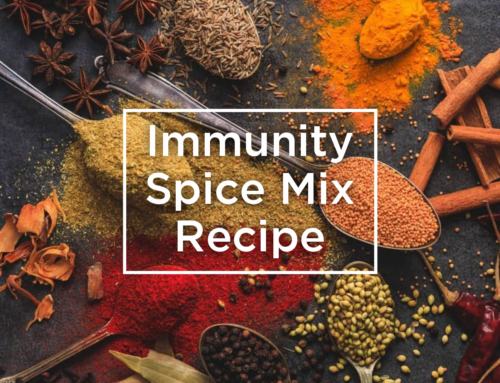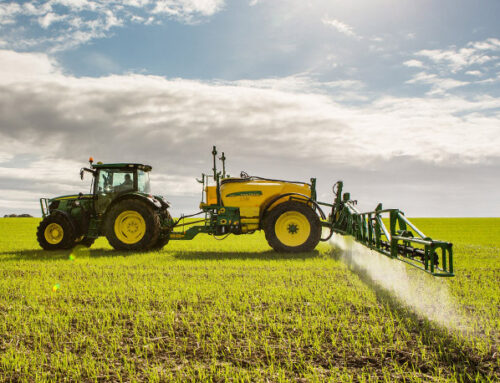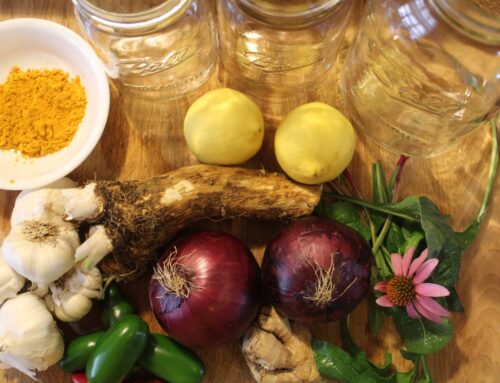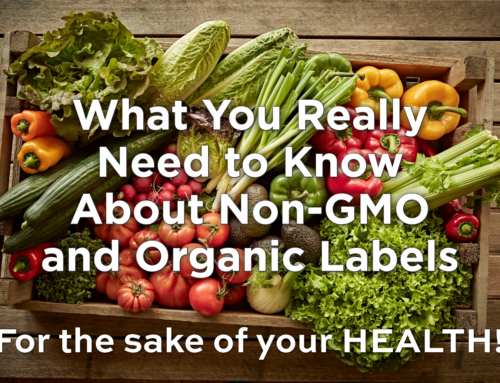What is STEVIA and is it safe?
— And How To Make Your Own —
— And How To Make Your Own —

For those of you that are hearing about stevia for the first time, it is a plant that is typically grown in South America, and while its extract is 200 times sweeter than sugar, it does not raise blood insulin levels. That’s what makes it so popular. However in 1991 the FDA refused to approve this substance for use due to pressure from makers of artificial sweeteners like Sweet n’ Low and Equal (a one billion dollar industry). But in 2008, the FDA approved the use of rebaudioside compounds that were derived from the stevia plant by Coca-Cola (Cargill) and PepsiCo – hmmm doesn’t that sound suspicious? Not until a major food company got involved did stevia become legal, and only after it had been highly processed using a patentable chemical-laden process…so processed that Truvia (Coca-Cola’s branded product) goes through about 40 steps to process the extract from the leaf, relying on chemicals like acetone, methanol, ethanol, acetonitrile, and isopropanol. Some of these chemicals are known carcinogens (substances that cause cancer), and none of those ingredients sound like real food, do they?
The whole leaf stevia that you can grow in your backyard (and has been used for centuries in countries like Brazil and Paraguay) remains a non-approved food additive by the FDA. However, rebaudioside A (the stevia extract) that was approved by the FDA has not been used for centuries and long term human health impacts have not been studied and are still unknown. The sweetener/sugar industry wields powerful influence over what is ultimately approved at the FDA, and this is just another example where they are influencing decisions that don’t make sense. How can a chemically derived extract be deemed safe in processed food and a plant from mother nature not?
What Kind Of Stevia To Avoid

The 40-step patented process used to make Truvia should make you want to steer clear of this stevia product alone, but there are two other concerning ingredients added (not only to Truvia but other stevia products as well). First, erythritol is a naturally occurring sugar that is sometimes found in fruit, but food manufacturers don’t actually use the natural stuff. Instead they start with genetically engineered corn and then go through a complex fermentation process to come up with chemically pure erythritol.

“Natural flavors” is another ingredient added to powdered and liquid stevia products, likely due to the fact that once the stevia leaf is processed it can develop a metallic taste. Manufactured natural flavor is contributing to what David Kessler (former head of the FDA) calls a “food carnival” in your mouth. This makes it difficult to stop eating or drinking because the flavors they have synthesized will trick your mind into wanting more and more. When companies use manufactured flavor, they are literally “hijacking” your taste buds one-by-one; that’s why I recommend putting products that contain “natural flavors” back on the shelf.
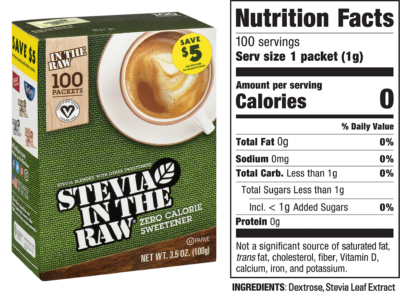

“Stevia in the Raw” sounds pure and natural, but when you look at the ingredients the first thing on the label is “dextrose” – so it’s certainly not just stevia in the raw. And Pepsi Co’s “Pure Via,” also pictured above, isn’t exactly pure either with this ingredient being first on the label, too. Dextrose is a sweetener that’s also derived from genetically engineered corn and has a long complicated manufacturing process, just like erythritol.
Even certified organic stevia can have sneaky ingredients added, like this one above which has more Inulin Soluble Fiber than the stevia extract itself. They have also added Silica.
RECIPES
HOW TO MAKE YOUR OWN PURE POWDERED STEVIA & LIQUID STEVIA FROM WATER
(see Organic Vodka recipe below)
If you are wanting to make sure your stevia is pure, then try making it yourself. Growing stevia is super easy. You can pick up a stevia plant at your local nursery and I have also seen them at home improvement stores in their garden centers. Stevia plants have become very easy to find these days.
Stevia can be grown in pots, in landscapes, and in gardens. You can even grow stevia indoors. It requires very little maintenance. It can be harvested all summer long but is sweetest in the fall when the temperatures become cooler.
When your stevia is ready to harvest (you can view my stevia that is ready for harvest in the video below) then follow these simple steps to make your own pure stevia and liquid stevia.
1. Harvest your stevia plant by cutting off the branches at the base of the plant.
2. Wash the branches/leaves in clean filter water.
3. Pick leaves off stevia plant, discard the stems, and dry the leaves for 12 hours in the sun.
4. Once your leaves are dry, grind them in a food processor or coffee grinder to make pure stevia. I find that a coffee grinder makes for the finest powder and works very nicely.
5. Note ~ homegrown stevia powder is not as sweet as store bought stevia (300 times sweeter than sugar). To cook with home grown stevia simply replace every 1 cup of sugar with 3-4 teaspoons of homegrown stevia.
6. To make liquid stevia, dissolve 1/4 cup pure homegrown stevia powder with 1 cup hot filtered water. Stir and leave out at room temperature for 24 hours. After 24 hours strain the stevia out of the liquid and store the liquid stevia in the refrigerator.
That is it. It tastes amazing and you will never buy store bought stevia again. One plant usually supplies enough stevia to last me a year. Remember, a little goes a long way!! So head on out and get yourself a stevia plant and try this for yourself. You won’t be disappointed!
HOW TO MAKE STEVIA EXTRACT WITH ORGANIC VODKA
1. Make sure all your material looks clean before you begin.
2. It is ok to use the fresh leaf so if you grow your own stevia plant, go ahead and gently pinch off all the best looking leaves for this recipe. Avoid any brown or wilted leaves.
3. Coarsely chop the fresh leaves into smaller pieces before placing them in a clean glass jar.
4. Dry leaves can also make a liquid extract. Crumble the dry leaves into a clean glass jar by rubbing them between your fingertips and thumb.
5. Cover contents completely with Organic Vodka
6. Place the lid on and secure tightly. Shake the jar and leave on the counter, out of direct sunlight, for 24-36 hours. Shake occasionally, whenever you pass by.
7. DO NOT leave the extract to sit for longer than 36 hours. If you do this, the liquid stevia can have a bitter aftertaste. All your effort will be ruined!
8. Strain the leaves out through a fine mesh cheesecloth, nut milk bag, or coffee filter. Squeeze to remove all liquid.
9. Pour the extract into a small saucepan and very gently heat for 20-30 minutes, stirring often. DO NOT BOIL. Heat just enough so the alcohol evaporates off and liquid reduces in volume.
10. Let cool and store in the fridge in a small glass bottle, preferably with a tincture dropper.
The total yield of this recipe varies due to how many leaves you use. 1 cup of the dry, crumbled leaf will fit in a pint-sized glass jar and make about 1 ounce of liquid sweetener.



